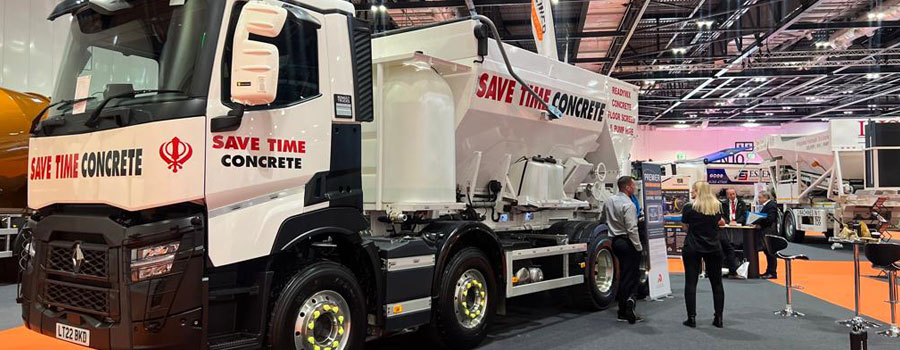Ready-mix concrete is one of the most widely used construction materials in the world, with an estimated 10 billion tons of concrete produced globally every year. However, the production and use of concrete have significant environmental considerations that cannot be ignored.
The production of ready-mix concrete requires a large amount of energy and resources. The raw materials used to make concrete, such as cement, sand, and aggregates, must be extracted from the earth, transported, and processed before they can be used. The production process also requires significant amounts of water and energy, which can contribute to greenhouse gas emissions and other environmental impacts.
Some Key Environmental Considerations
One of the most significant environmental considerations associated with concrete production is the release of carbon dioxide (CO2) during the manufacturing process. Cement, which is the key ingredient in concrete, is responsible for a large portion of CO2 emissions in the construction industry. In fact, it is estimated that the production of one ton of cement generates about one ton of CO2 emissions.
Measures Taken
To reduce the carbon footprint of ready-mix concrete, several measures are being taken in the industry.
- One of the most promising solutions is the use of alternative, low-carbon materials in the production of concrete. For example, some manufacturers are experimenting with using industrial by-products, such as fly ash and slag, as partial substitutes for cement. These materials have a lower carbon footprint than traditional cement, and their use can help reduce the overall CO2 emissions associated with concrete production.
- Another way to reduce the carbon footprint of ready-mix concrete is by optimizing the production process to use less energy and resources. This can be achieved through a variety of methods, such as using more efficient equipment, improving energy management, and reducing waste. For example, some concrete plants are using renewable energy sources, such as solar and wind power, to power their operations. Others are using advanced technologies, such as automated batching systems, to improve accuracy and reduce waste.
- In addition to these measures, there is also a growing focus on the use of sustainable concrete designs that are optimized for environmental performance. These designs incorporate features such as recycled materials, energy-efficient building systems, and sustainable water management practices. By using these designs, builders can reduce the environmental impact of their projects and promote sustainable development.
- Finally, there is also a growing awareness among consumers and industry stakeholders about the importance of sustainable construction practices. Many organizations are now taking steps to promote sustainable construction, such as through green building certifications and sustainable procurement policies. By incentivizing the use of sustainable construction practices, these organizations can help drive the adoption of low-carbon concrete solutions and reduce the overall environmental impact of the construction industry.
Conclusion
The production and use of ready-mix concrete have significant environmental considerations that must be addressed. The industry is taking several measures to reduce the carbon footprint of concrete production. As the construction industry continues to grow, it is essential that it embraces sustainable practices to minimize its impact on the environment and promote sustainable development.
